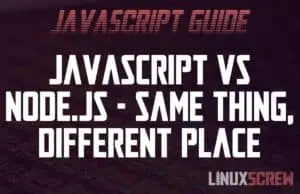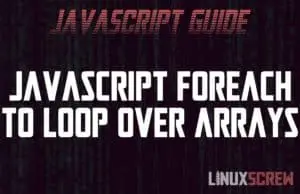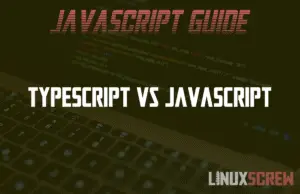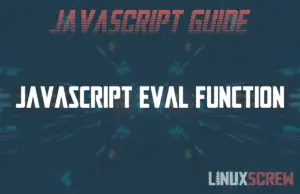Home » Programming » Javascript
Converting to Integer with JavaScript parseInt() [Examples]
This article will show you how to use the parseInt() function in the JavaScript programming language. JavaScript is notoriously loosely typed – meaning that variables of one type (e.g., strings of text, numerical values, boolean values) are converted to others, allowing you to perform mathematical operations on strings and silly things like that. This causes all sorts of issues – strings containing numbers may not be parsed to the expected value, and all of a sudden, you have angry clients wondering why your shiny new … Read more

![Converting to Integer with JavaScript parseInt() [Examples] 1 JavaScript parseInt](https://cd.linuxscrew.com/wp-content/uploads/2021/03/javascript-parseint-feature-300x194.jpg)





![Add Days (or Minutes, or Hours) to Javascript Date [or Subtract] 7 Add Days to Javascript Date](https://cd.linuxscrew.com/wp-content/uploads/2021/03/Add-Days-to-Javascript-Date-300x194.png)


![Creating Multiline Strings in JavaScript [With Examples] 10 Creating Multiline Strings in JavaScript](https://cd.linuxscrew.com/wp-content/uploads/2021/02/Creating-Multiline-Strings-in-JavaScript-300x194.png)